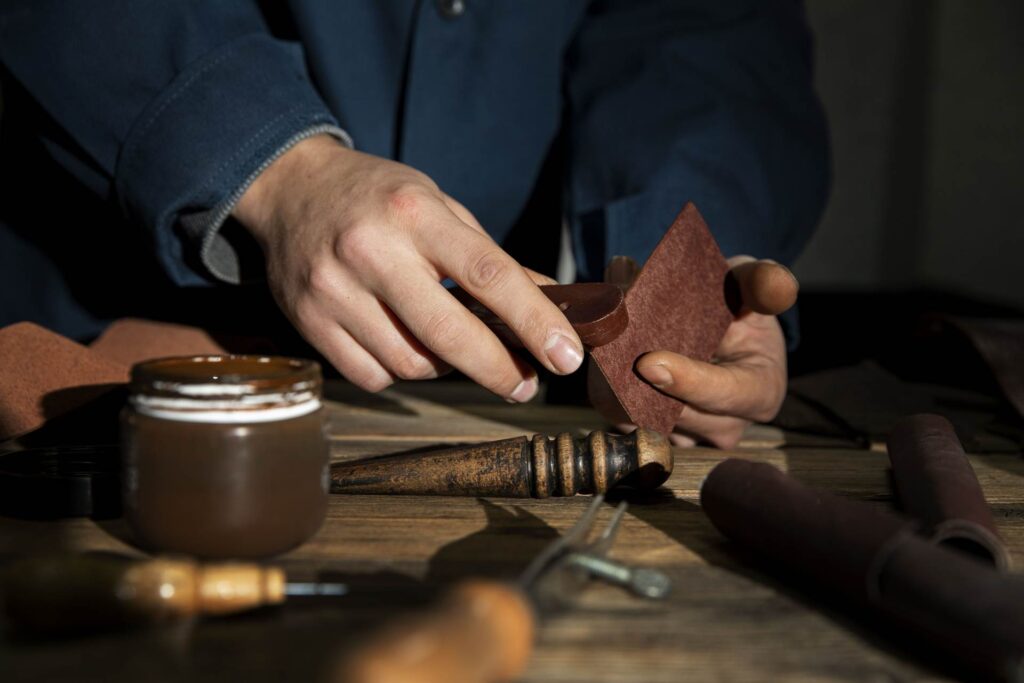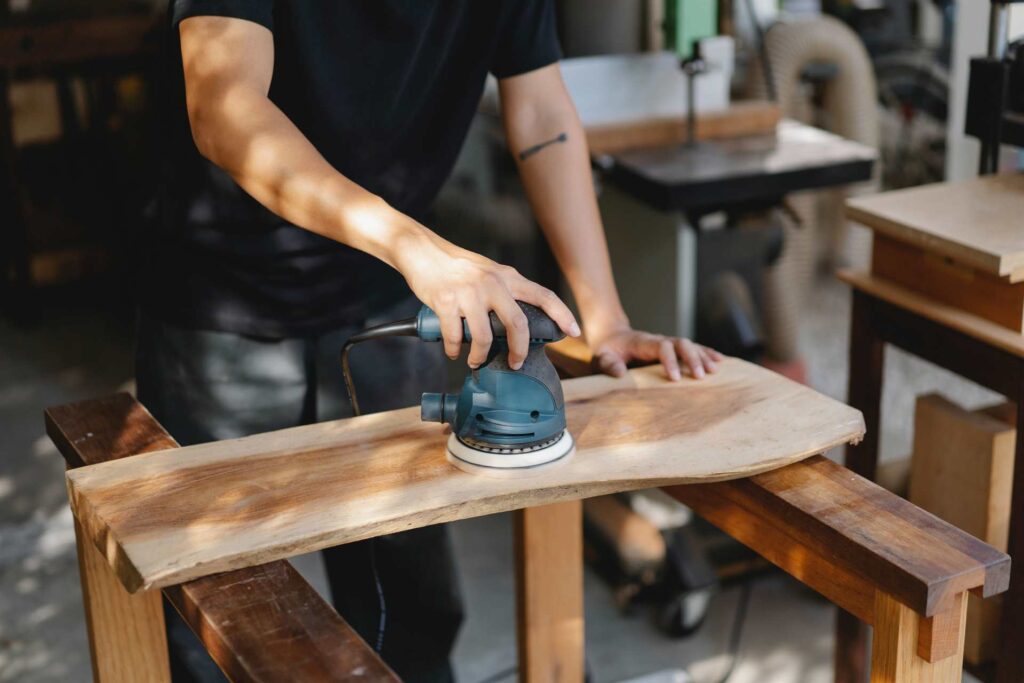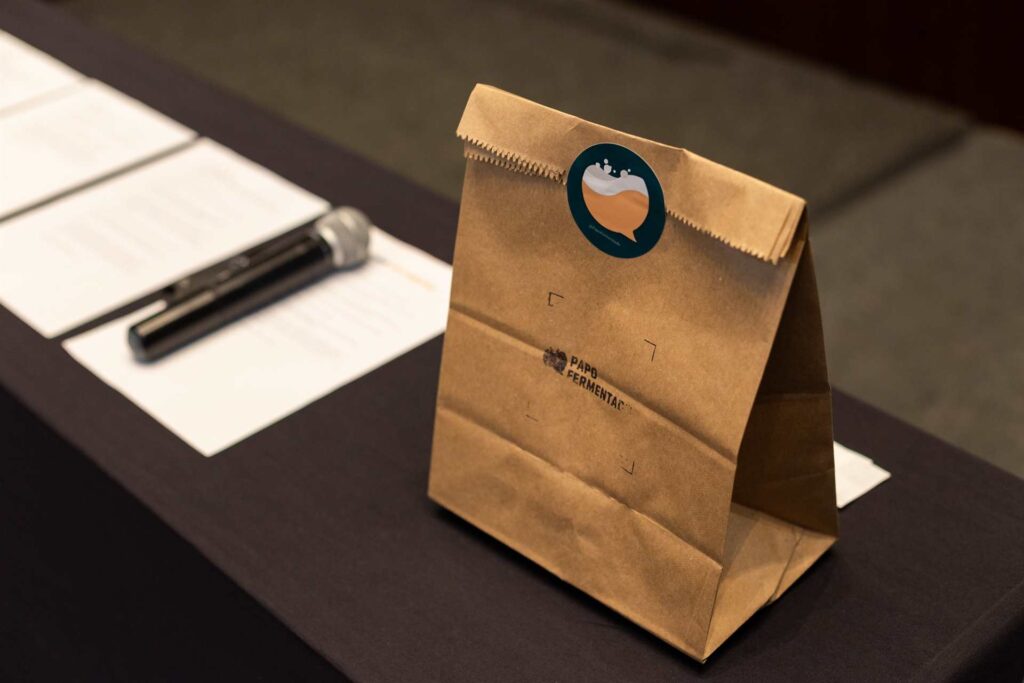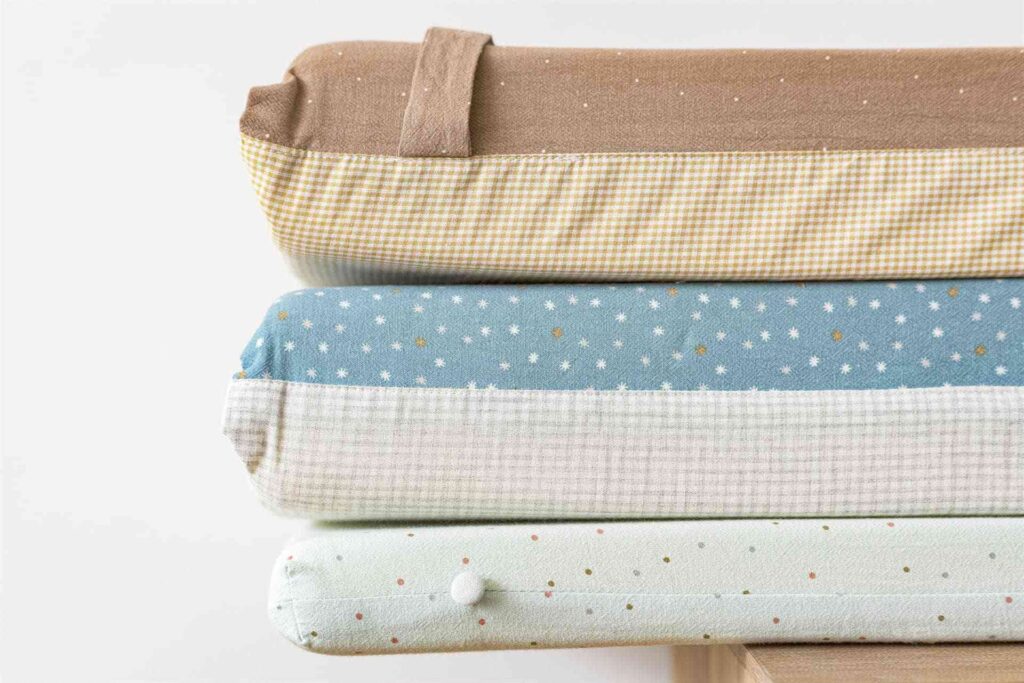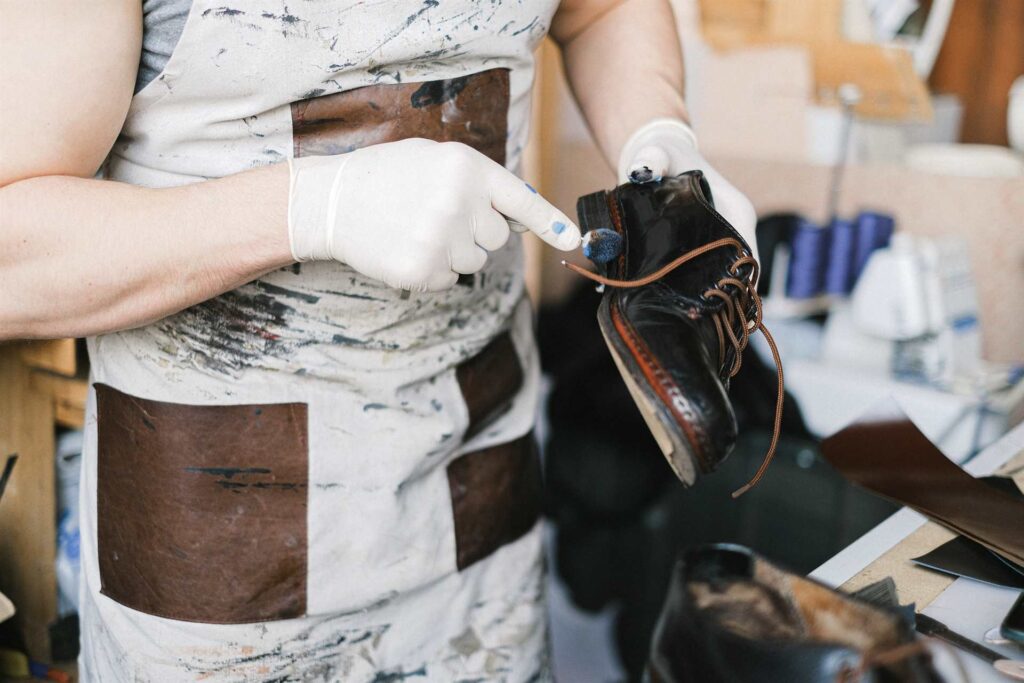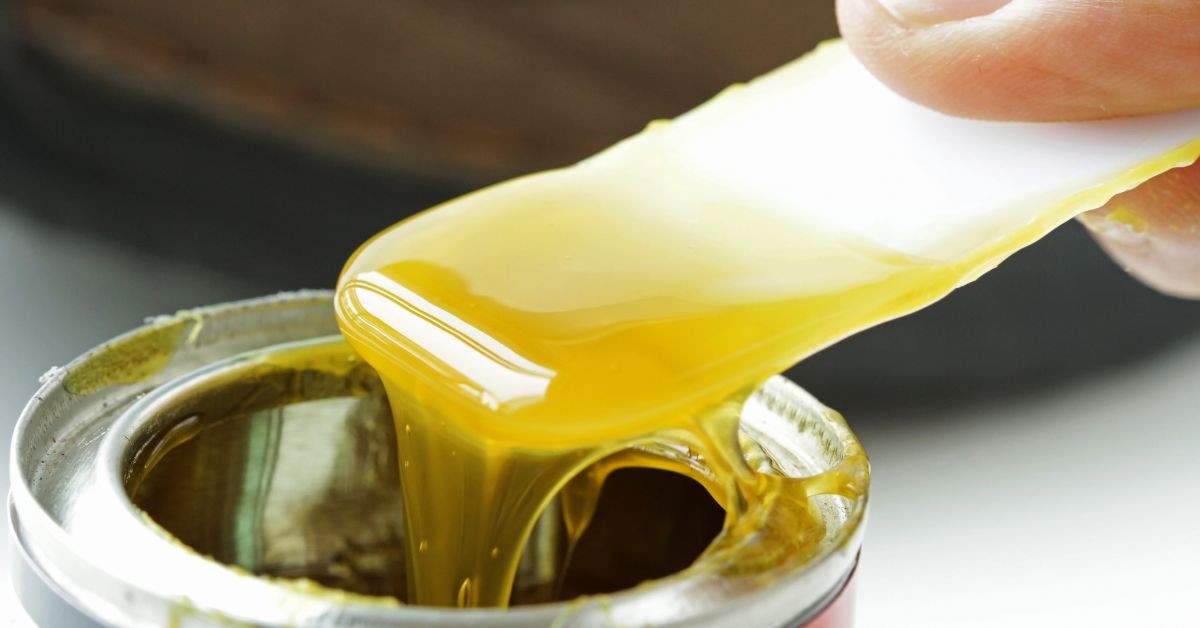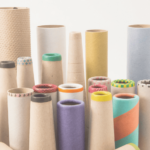Contact adhesive glue is one of the versatile high-performance solutions that provide great bonding strength across a wide range of materials. This adhesive glue offers a secure bond on surfaces, whether wooden or metal, plastic or textile, by securely bonding almost anything to another. Its unique formulation ensures strength and durability with resistance to stress, temperature variations, and moisture.
The right techniques and knowledge of contact adhesive glue will carry your work to new heights. We will proceed to discuss the article, what secrets there are in mastering the art of bonding, what applications are acceptable and effective tips on usage, and eventually the benefits it entails. You might need to start working with wood, repairing some household items, or just having some creative crafts. Contact adhesive glue works as your best companion. Get ready to unlock the full potential of bonding with this powerful adhesive.
Knowing the properties of contact adhesive glue
Contact adhesive glue is one of the adhesive types that dries upon contact and forms a strong, instant bond between two surfaces. Contact adhesives make an immediate permanent bond when the two surfaces are applied together—no waiting for a curing or drying period. The special formulation makes this type of adhesive tacky and receptive to bonding as soon as it touches the surface.
The effectiveness of contact adhesive glue can be seen in how it can create a molecular-level connection between two surfaces that are being joined. The adhesive is composed of polymers, resins, and solvents, which can interlock with microscopic irregularities on the surfaces to build a strong and permanent bond. This mode of bonding therefore allows for contact adhesives to attach all manner of materials, such as wood, metal, plastic, rubber, and even fabrics.
Shear strength is yet another critical property of contact adhesives. This is because it can resist the forces that try to pull the bonded surfaces apart horizontally with a very high capacity. Contact adhesive glue finds excellent applications in applications where bonds experience severe stress and strain—for example, furniture construction, automotive repair, and industrial fabrication. Contact adhesive glue has a high shear strength, which ensures that it stays completely even under heavy loads or vibration.
Advantages of contact adhesive glue
The basic advantage of using contact adhesive glue is its speed and efficiency. Contact adhesives create a bond right away upon contact, in contrast with other adhesives that need to wait for their long drying or curing period. With the help of this, the projects can be completed on time, and the time consumption when working on them is lessened.
Another vital merit that contact adhesive glue possesses is that it is flexible: contact adhesives are to be applied for bonding almost all kinds of materials, wood, metal, plastic, rubber, and even clothing. Such versatility makes contact adhesives a very potent instrument in woodworking and furniture-making, automotive repairs, and also in any form of do-it-yourself activity.
Contact adhesives also bond with excellent environmental durability properties. The bonding formed by a molecular bond due to the adhesive is strong, stands at great temperatures, humidity, and other harsh conditions, and can remain that way for a long period. This character makes contact adhesives ideal for use in outdoor applications, such as reparation on boats or assembling patio furniture, which must remain strong enough to withstand weathering and exposure to the elements.
Glue with different contact adhesives
Contact adhesive glue includes formulations that are of diverse types. That comes in a spectrum with various properties and application specifications. Understanding different types of contact adhesives will help determine the specific glue that you need for your project.
Contact adhesives perhaps find their most popular form in solvent-based adhesives. Adhesives are solvent-based formulations that are allowed to quickly evaporate so that the adhesive will become tacky and ready to be bonded. Solvent-based contact adhesives feature extremely high initial bonds with moderate shear strength, and so they are highly sought after for applications such as laminate installation, furniture assembly, or industrial fabrication.
Another variety of contact adhesives is water-based adhesives. These use water as the major solvent, hence more environmentally friendly compared to solvent-based formulations. Water-based contact adhesives often find applications where lesser odor or minimal VOCs are desired, such as residential or interior projects.
How to properly apply contact adhesive glue
Proper application of contact adhesive glue is crucial for achieving a strong and long-lasting bond. Here are the key steps to follow when using contact adhesives:
- Surface preparation: Ensure that the surfaces to be bonded are clean, dry, and free of any dirt, grease, or other contaminants. This will help the adhesive establish a secure connection with the materials.
- Adhesive application: Apply a thin, even layer of contact adhesive to both surfaces using a roller, brush, or applicator. It’s important to cover the entire surface area that will be in contact with the other surface.
- Drying time: Allow the adhesive to dry for the recommended time, usually between 5 and 30 minutes, depending on the specific product. During this time, the adhesive will become tacky and ready for bonding.
- Alignment and positioning: Carefully align the two surfaces and position them exactly where you want the bond to occur. Once the surfaces are in contact, they will form an immediate and permanent bond, so precise alignment is crucial.
- Firm pressure: Apply firm, even pressure across the entire bonded surface to ensure maximum contact and adhesion. This can be done using a roller, a rubber mallet, or even your hands, depending on the size and accessibility of the project.
- Curing time: After the initial bond is formed, allow the contact adhesive to fully cure for the recommended time, typically 24-48 hours. This will ensure the bond reaches its full strength and durability.
By following these steps, you can ensure a strong, reliable, and long-lasting bond with contact adhesive glue. Remember to always refer to the manufacturer’s instructions for specific application guidelines and curing times.
How to use contact adhesive glue effectively
Contact adhesives will achieve effective bonding if applied and adhered to the proper procedure. Here is how to apply contact adhesives properly:
Preparation of surfaces. Ensure that surfaces to be bonded are clean, dry, and free from dust, grease, and others. This will help the adhesive make good, secure contact with materials.
Apply a thin, uniform layer of contact adhesive to both surfaces using a roller, brush, or an applicator. Do not miss a single spot since the covered area by this adhesive will come into contact with the other surface.
Dry Time: This depends on the product and normally takes about 5-30 minutes. After it passes the specified dry time, the adhesives become tacky and are then ready for bonding.
Alignment and positioning: The two surfaces should be carefully aligned and positioned exactly where the bond is desired. If the surfaces come into contact, then they form an instant and permanent bond, thus there should be quite accurate alignment.
Firm contact: application of firm, firm pressure evenly throughout the bonded area to ensure full contact with and adhesion to the surface. This can be done using a roller, a rubber mallet, or your hands, depending on the size and accessibility of the project.
Waiting time after forming the initial bond by contact adhesives: 24 to 48 hours after the bond has formed. Typically, after complete curing, the bonding will become fully strong and sturdy.
Follow this step-by-step guide to acquire reliable and long-lasting strength in bonding using contact adhesive glue. Please consult the manufacturer’s guidelines regarding the particular application as well as the cure time.
Tips to achieve strong and durable bonds through contact adhesive glue
Successful bonding through contact adhesive glue involves more than just basic application techniques. The following are some more tips that will help you achieve the best, strong, and durable bonds:
Proper surface preparation: Ensure surfaces to be bonded are thoroughly cleaned and degreased. Any residues can defeat the ability of an adhesive to establish a secure bond.
Uniform spread of the adhesive. Apply contact adhesive in a thin, uniform spread to cover the whole surface. Applying it too thickly will cause more than necessary squeeze out, and the bond will be weaker.
Enough drying time: Wait for sufficient drying time as recommended by the manufacturer. Rushing the process will result in less than adequate bonding.
Precise positioning: align the surfaces accurately before they touch. Once they are bonded, it becomes almost impossible to reposition them.
Applying sufficient pressure: Put firm and consistent pressure in the area to be bonded using a roller, press, or other tool. This will maximize surface contact and create an effective uniform bond.
Resisting the urge to bond materials immediately: Wait for contact adhesive to fully cure, which will take about 24-48 hours. This is when the maximum amount of bond strength will be achieved.
Adhesive selection: The decision on which adhesive to use from the contact adhesive category is determined by the substrates and the materials with which you work. Some adhesives are more compatible and perform better than others for the materials with which they come into contact.
Maintaining adhesive consistency: The adhesive should be stirred or mixed well before use so that a uniform, homogeneous formulation is achieved. This will ensure the maximum functioning of the adhesives.
By applying these tips to the bonding process, you are bound to come up with contact adhesive glue that is hard, long-lasting, and strong.
Common applications of contact adhesive glue
Contact adhesive glue is predominantly applicable. They come in several types and are applied in a wide number of applications within various industries. Some of the common applications of contact adhesives include:
Furniture assembly and repair: Contact adhesives are the most noteworthy products applied in furniture to assemble and also repair wooden, laminate, as well as upholstered furniture. They allow one to enjoy a strong, fast-set bond that can resist most everyday stresses.
Laminate Installation Contact adhesives are used on countertops, tabletops, and cabinet doors for laminate surfacing because they form fast bonding with high shear strength, thus enabling stress-free and long-lasting installation.
Automotive and marine repairs: Contact adhesives are broadly used in automobiles and maritime industries. It is applied for repair and also during the manufacturing of various parts. It can be widely employed to bind materials such as rubber, plastic, and metal; thus, it is best suitable for use on dashboards, boat hulls, and other vehicle parts.
Versatile Applications of Contact Adhesives: From Upholstery to DIY Projects
The use of adhesives has also proven to be very important in upholstery and fabric bonding. They enable the seamless bonding of materials such as leather and vinyl and even textile materials. Upholstery adhesive is widely applied in furniture manufacturing, car interiors, and various do-it-yourself crafts.
Industrial fabrication: Contact adhesives are applied to industrial and manufacturing sectors to bond various materials, such as metals, plastics, and rubbers. Contact adhesives are necessary wherever gaskets are manufactured or where insulation is applied, and also in the fabrication equipment of the industrial sector.
DIY and home improvement projects: Contact adhesives are versatile, high-strength adhesives that are the first choice of most enthusiastic DIYers as well as homeowners for several tasks ranging from tile installation, hanging a mirror or picture frame, or even fixing furniture items, appliances, and floor coverings.
Whether it is in the application, speed, or strength, versatility has made contact adhesives a valuable tool to such wide industries as well as for any DIY enthusiast.
Safety Precautions When Using Contact Adhesive Glue: Essential Tips for Ventilation and PPE
Contact adhesive glue is an extremely strong and versatile bonding material, although precautionary measures have to be noted and observed when using it. Some important safety precautions that should be followed include:
Ventilation: Solvent-borne contact adhesives are VOC-emitting during application and curing. Ventilation, either through natural air exchange or forced air, may be necessary to prevent fume accumulation.
PPE: Protective clothing, such as gloves, safety goggles, and a respirator or mask, that protect the skin and mucous membranes from contact and inhalation of adhesive fumes.
Essential Safety Tips for Using Contact Adhesives: Skin Irritation, Storage, Cleanup, and Material Compatibility
Flammability: Several contact adhesives are flammable because they contain solvents in their composition. Be careful to avoid working near naked flames, sparks, etc., and to store them properly and dispose of them safely.
Irritation to skin/eyes: Contact adhesives can be an irritant to the skin and eyes. Avoid touching the skin as much as possible, and wear gloves to prevent dermatitis or other skin reactions.
Proper storage and handling. Contact adhesives should be stored in a cool, dry place. Keep them away from direct sunlight as well as heat sources. Seal the containers when not using them to prevent premature drying or contamination.
Cleanup and disposal. Clean spills and excess glue immediately with recommended solvents or cleaning agents. Dispose of used containers and materials according to the local environmental regulations.
Compatibility with materials: Ensure that the contact adhesives are compatible with the specific materials you use them on. Some of the adhesives are not compatible with some plastics or other substrates.
By following these safety measures, you will be able to minimize the risks involved in the use of contact adhesive glue and have a safe and successful bonding experience.
Superbond adhesives offer a variety of contact-based adhesives:
state/list the adhesives used Conclusion:
Unlocking the Power of Contact Adhesive Glue: Achieve Superior Bonding
Contact adhesive glue offers exceptional strength and versatility across various applications, making it a go-to solution for everything from furniture assembly and laminate installation to automotive repairs and DIY projects.
Master the Art of Bonding with Contact Adhesives
Enhance your projects by mastering the use of contact adhesives, ensuring durable and precise results for all your bonding needs.
Whether it’s a professional or a Do-It-Yourself individual, the art of perfect bonding using contact adhesives requires knowledge of the properties and application techniques plus safety considerations.
With these discoveries and recommendations from this article, you now know how to attack the task of choosing, applying, and using contact adhesive glue for your next bonding project with confidence. If you unlock the power in these super versatile adhesives, you will take your craftsmanship to the next level, make workflows more efficient, and conquer the toughest bonding jobs like a pro.
Let’s use contact adhesive glue in the art of bonding with us and observe how your projects go to great heights in success. The right techniques and a deep understanding of such wondrous adhesives bring endless possibilities to your creations.
Mastering the Art of Bonding: Unlocking the Versatility and Power of Contact Adhesive Glue
Thus, step into the adhesive bonding world and feel the power of contact adhesive glue. Whether you are an enthusiast who DIYs at home or a professional craftsman, mastering the art of bonding is critical to success in achieving seamlessly permanent results.
The very best feature of contact adhesive glue is that it’s versatile and has high performance. This really glues very well at very good bonding strength across a very wide range of materials. Be it wood or metal, plastic or fabric—this adhesive glue can firmly bond almost everything together: holding the seat in your car’s back seats, linking together panels for a car interior, or even using dental bonding. Its formulation allows for a strong, hard bond that is resistant to tension, temperature changes, and moisture.
This is when technology meets proper technique and understanding of contact adhesive glue to lift your project work to new dimensions. I will reveal to you all sorts of mysteries that reside in mastering the art of bonding—the various uses, tips for effective usage, and the benefits this bears. Whether it is a wood workshop project or just simple repair work around the house or creative craft, your partner will be contacted with adhesive glue. The highest level of bonding potential is getting prepared to unlock that with this strong adhesive.
Contact adhesive applications for contact glues:
Knowledge of properties
Contact adhesive glue is a contact adhesive that dries out thick to make a firm instant bond once the two surfaces make contact. Unlike common glues that utilize either curing or drying for bonding, contact adhesives create an immediate bond; hence, the surface will stick and fix permanently once they are pressed together. This particular glue is formulated specially; it makes it tacky and receptive to bonding the moment it comes into contact with the surface.
Contact adhesive glue is effective because it works at a molecular level, connecting surfaces being bonded together. Indeed, the adhesive consists of a mix of polymers, resins, and solvents penetrating and interlocking onto the microscopic irregularities in the surfaces, hence making secure and long-lasting bonding. Because of this kind of bonding mechanism, contact adhesives may bond with a huge variety of materials, including wood, metal, plastic, rubber, and even fabric.
Another essential property of contact adhesive glue is its high shear strength. Shear strength refers to the adhesive’s capability of withstanding the forces that try to pull the surfaces apart horizontally. That is why contact adhesives are well-suited for applications in which the bond will have to withstand a certain level of stress and strain, such as furniture assembly, automotive repair, and even industrial fabrication. One of the benefits of contact adhesives is that they possess a higher powerful shear strength; thus, the bond they will form won’t be broken or split apart even if there are heavy loads applied and subjected to vibrating movements.
Key Benefits and Applications of Contact Adhesive Glue
Benefits of using contact adhesive glue
Using this type of contact adhesive glue gives one a significant advantage; it acts quickly and effectively. Contact adhesives bond immediately after coming into contact, while other adhesives take a long time before they are dry or cured. Therefore, project completion is relatively fast with small downtime, ideal for applications that are time-sensitive and require fast repairs.
Contact adhesive glue also offers a benefit in variance. Contact adhesives can be used to bond several different types of materials, ranging from wood, metal, plastic, and rubber to fabrics. This makes contact adhesives useful to many industries and in areas such as woodworking and furniture making, automobile repair, and even individual DIYs.
Resistance from good environmental conditions can also be expected from contact adhesive glue. Highly strong molecular bonding provides resistance to high temperatures, moisture, and other harsh conditions that may bend the delicate bond of the adhesive. This property makes contact adhesives an ideal glue for applications such as boat repair or the assembly of patio furniture, which would be exposed outdoors and thus have to bear weathering and exposure to the elements.
Why Contact Adhesive Glue is Ideal for Quick, Strong Bonds Across Multiple Applications
Contact adhesives and glue formulations vary, and each has its own special properties and usages. Knowing the different types of contact adhesives helps you select the proper product for your specific needs with a project.
The most common contact adhesives are solvent-based adhesives. In solvent-based adhesives, a fast-evaporating formulation is used such that by the time the adhesive is ready to bond, it becomes tacky. Other things being equal, solvent-based contact adhesives are reported to show the best initial bond, including the greatest shear strength, and are used in applications like laminate installation, furniture assembly, and industrial fabrication.
Another variation of contact adhesives is water-based adhesives. These use water as their major solvent, which makes it more environmentally friendly compared to the solvent-based type. Water-based contact adhesives are also an advisable type of use for applications like low odor or low VOC emission, which are required in residential or indoor-based projects.
Application tips on how to apply contact adhesive glue:
Contact adhesive glue, when applied finally, ensures a strong and durable bond if applied in the right manner. The subsequent steps after using contact adhesives are as follows:
Preparations of the Surfacing: The surface that is likely to be bonded should be free from dirt, grease, or any other kinds of dirt substances. The surfaces should be dry; therefore, there would be assured holding by the adhesive since the connection with the materials would be held by it.
Adhesive bonding: coating and applying a thin, uniform coat of contact adhesive to the contacting surfaces. Rollers, brushes, or an applicator can be used. The area of contact should be fully covered.
Drying time: The time taken varies depending on the product in question. Most contact adhesives range from 5 to 30 minutes, and they should be allowed to dry. During this time, the adhesive goes tacky and is ready for bonding.
Mastering Contact Adhesive Bonds: Key Steps for Alignment, Pressure, and Cure Time
Alignment and Positioning: The two surfaces ought to be aligned correctly with each other, and then they should precisely position themselves at that desired location where bonding takes place. Immediately after the surfaces touch one another when pressed together, they cannot be separated again, so alignment is very critical.
Firm pressure: Firm, uniform pressure all over the bonded surfaces should ensure good contact and adhesion. If the project is small enough and accessible, applying firm pressure can be done by hand. On larger projects, a roller or rubber mallet is used.
Contact adhesive cure time: After having the initial bond formed, allow it to cure completely based on the manufacturer’s recommended instructions listed on the packaging for 24-48 hours, depending on the brand. This ensures maximum strength and tenacity for the bonding.
Conclusion: These are the steps required to achieve a strong, reliable contact adhesive glue bond. Any application, however, is dependent on the manufacturer’s recommendations and suggested cure times.
Good recommendations for making contact adhesive glue flexible and lasting
Good bonding with contact adhesive glue involves much more than the traditional process applied in its application. Here are some additional tips to ensure perfect, long-term bonding with this glue:
Surface preparation: proper cleaning and degreasing of surfaces that will be bonded. Any residual contaminants can negatively influence the bond created by the adhesive.
Even-coated contact adhesive: Apply a thin, even coating of the adhesive and ensure that it contacts every surface equally. Do not lay too much adhesive, since it would ooze out when you try to press everything down, or at least give a relatively weak bond.
Adequate drying time: Allow the adhesive to dry using the recommended manufacturer’s time for the adhesive type involved. Drying the adhesive much faster than recommended might weaken the bond formed.
Precise alignment: Let the surfaces bond with each other carefully. It is not possible after forming the bond.
Key Tips for Achieving Strong and Durable Bonds with Contact Adhesive Glue
Proper pressure: Roll, press, or use another tool to apply firm, uniform pressure all over the bonded area. This makes maximum surface contact that holds the area well bonded.
Waiting for the proper curing time: Don’t go ahead and use bonded materials before their proper curing time. Allow the full hardening time of the contact adhesive as expected, that is, between 24 and 48 hours, to achieve maximum strength in the bond.
Select the appropriate adhesive: Select an adhesive that has been specifically designed for use with your substrates. It’s because different substrates have several adhesives with different compatibility and performance rates.
Prevention of adhesive consistency variation: Adhesive contact must be well mixed before using it so that the formulation is uniform and homogenous and the best performance in the adhesive is maintained.
Simply adhering to these tips in contact adhesive glue application gives all users strength of bonds, durability, and long-lasting every time.
One common application of contact adhesives is glue.
Contact adhesives are multivariant glues with the widest range of usage in several industries. Some of the most popular applications for contact adhesives include:
Assembly and repairing furniture: Contact adhesives have been widely applied in the furniture industry for assembling and repairing wooden, laminated, and upholstered furniture. It provides a tough as well as durable joint capable of withstanding the stresses of everyday use.
Contact adhesives are the leading product used for installing laminate surfaces such as countertops, tabletops, and cabinet doors. With immediate bonding and strong shear strength, they lend themselves to smooth, durable installation.
Automotive and marine repairs: Contact adhesives mainly feature in the automotive and marine industries in the repair and construction of different parts. It can be used in bonding rubber, plastic, and metal, among other materials; thus, it suits the repair of dashboards, boat hulls, and other automobile parts.
Upholstery and fabric bonding Contact adhesives ought to be a requirement for upholstery and fabric application; they are typically used to bond such materials as leather, vinyl, and textiles, which may give you smooth, bubble-free surfaces. Furniture furniture production of furniture, auto interiors, and just about all kinds of do-it-yourself crafts.
Contact adhesives are used in bonding groups of materials, such as metals, plastics, and rubbers, in the manufacture of numerous products. They are applied very centrally in gasket making, the installation of insulations, and the fabrication of other parts of industrial equipment.
Contact adhesives, also known as contact cement, are usually used in putting together and rebuilding within the home, particularly on the installation of tiles, hanging mirrors or picture frames, and even general repairs on furniture, appliances, and flooring.
The versatility, strength, and speed of the contact adhesive provide an invaluable tool not only for different industries but even for do-it-yourselfers.
Safety precautions when using contact adhesive glue
Contact adhesive glue is a very strong and versatile adhesive.
substance that can be used in bonding different materials. However, when using the substance, one needs to be careful and apply the right amount of precautions. Here are some very important safety
precautions associated with using contact adhesive glue:
Ventilation: Most contact adhesives are applied with the aid of solvents; thus, if not well-ventilated, they may emit VOCs when applied and even after curing. Ensure there are natural or mechanical means of ventilation to avoid the concentration of fumes.
Protective Personal Equipment: Prevent contact through personal protective gear, including gloves, safety goggles, and a respirator or mask in case of exposure through skin or inhalation of fumes.
Flammability: The vast majority of contact adhesives are flammable as they are solvent-based. Their use should be avoided in proximity to ignition sources, such as open flames or sparks, and any location from which they may come into contact with an ignition source. They should also be disposed of properly when used.
How to Safely Handle Contact Adhesives: Storage, Application, and Disposal Tips
Irritation to the skin and eyes: The adhesives can irritate the skin and the eyes. They should not come into direct contact with the skin. Gloves are used to avoid dermatitis and even other reactions to the skin.
Good storage and handling: Contact adhesives should be stored in a cool, dry area away from direct sun light as well as heat. Enclosed containments are recommended when not in use in order to prevent evaporation or contamination with unwanted materials.
Cleanup and disposal: Clean spills and excess adhesive right away with proper solvents or cleaning agents. Obey the regulations of the locality on the disposal of containers and materials.
Compatibility with materials: before you apply contact adhesives, be sure it is compatible with the materials you will be using in exact terms; it doesn’t work with some plastics or other types of substrate.
By following all these safety precautions, you prevent most of the dangers with contact adhesive glue and instead enjoy a safe and successful bonding.
Superbond adhesives have a variety of contact-based adhesives
To list/mention some of the conclusions:
Tap on the potential of contact adhesive glue for successful bonding projects.
Contact adhesive glue is very versatile and very effective as a solution in the adhesive world. They glue furniture together or laminate install, automobile to automobile repair, and DIY projects, where these adhesives show incredible speed, strength, and durability than any other adhesive around.
Succeed in bonding with contact adhesives and, therefore, gain your potential toward the accomplishment of your end and obtaining the long-lasting, seamless outcome that is your goal. Contact adhesives have been around for decades, with very wide variation in success that has depended upon their use and safety considerations.
After all the information and advice you receive from this article, you are now ready to approach contact adhesive glue with confidence in your work, let alone the decision of which one to apply when and how to use it well to complete that next task on bonding. Contact adhesives will see that you continue to enhance your craftsmanship through streamlined workflow and easy solutions to even the most delicate bonding tasks.
Now, get a hold of this bonding art using contact adhesive glue and take your projects even further toward greater heights. When done with the right techniques and a great understanding of such adhesives, people can perform limitless things with their masterpieces.


